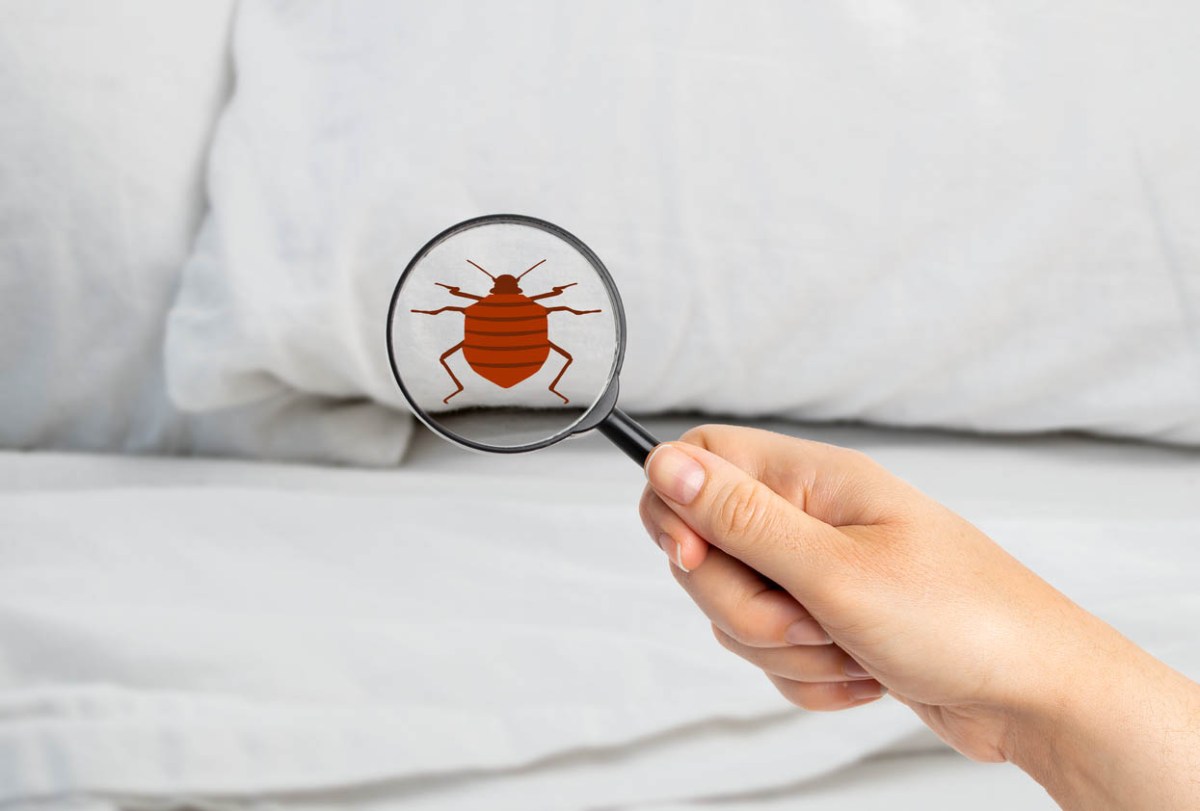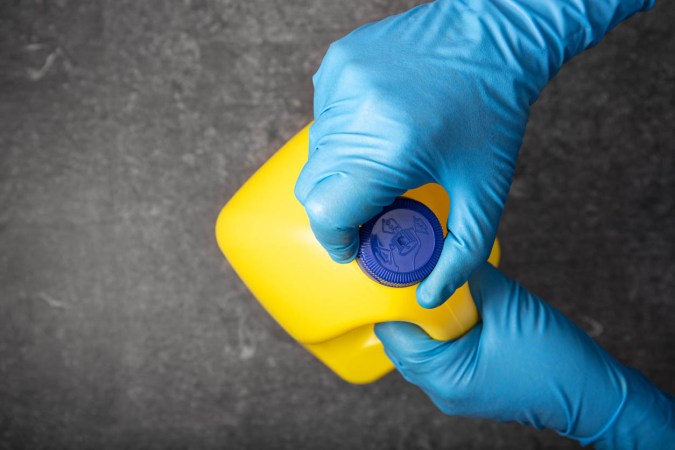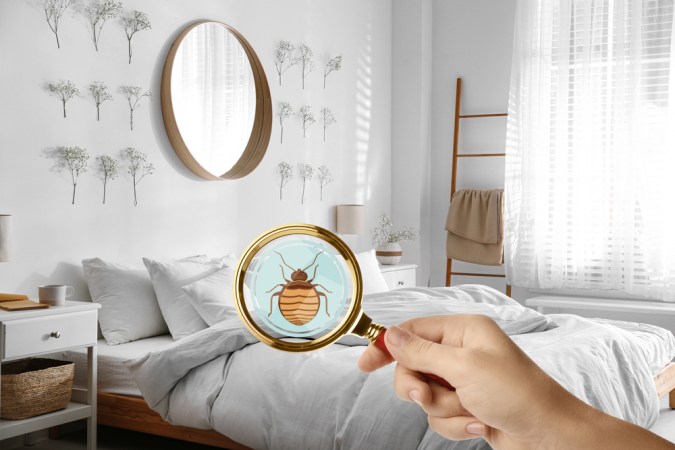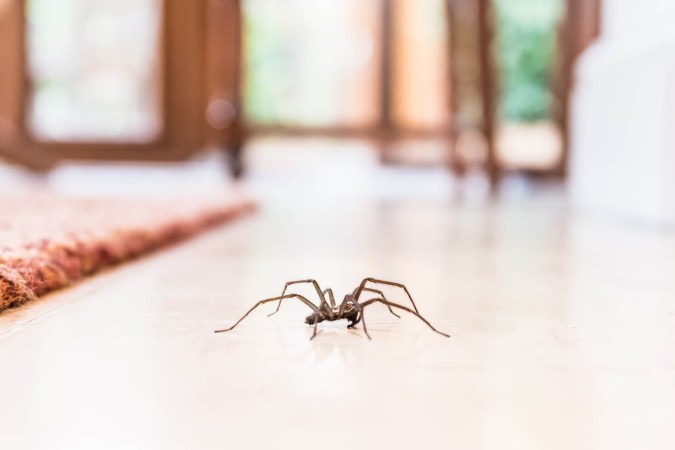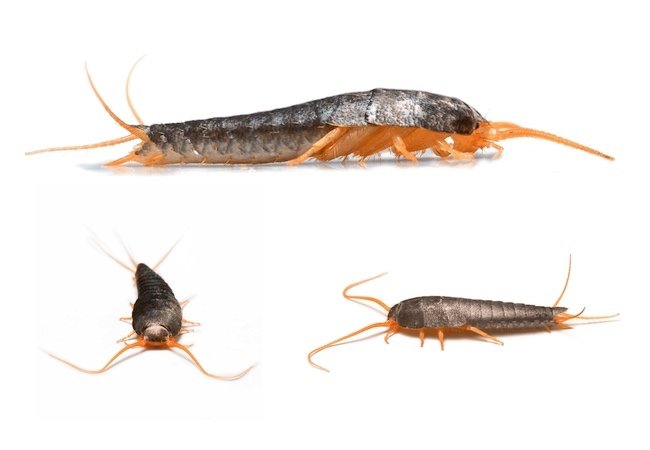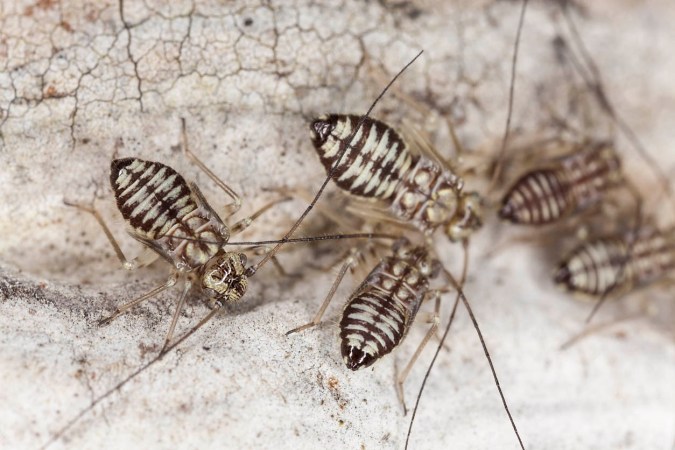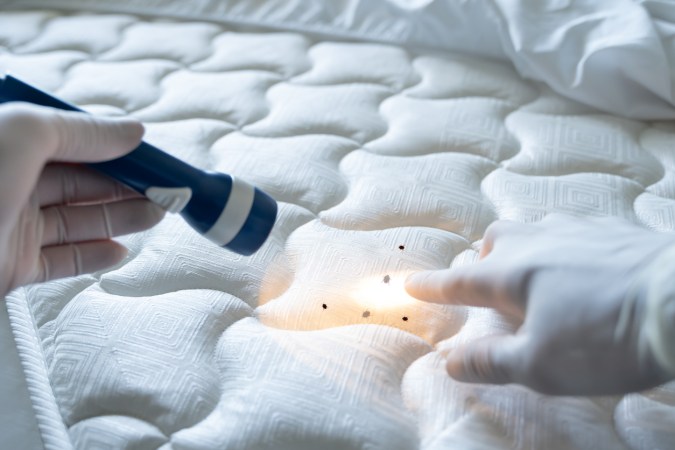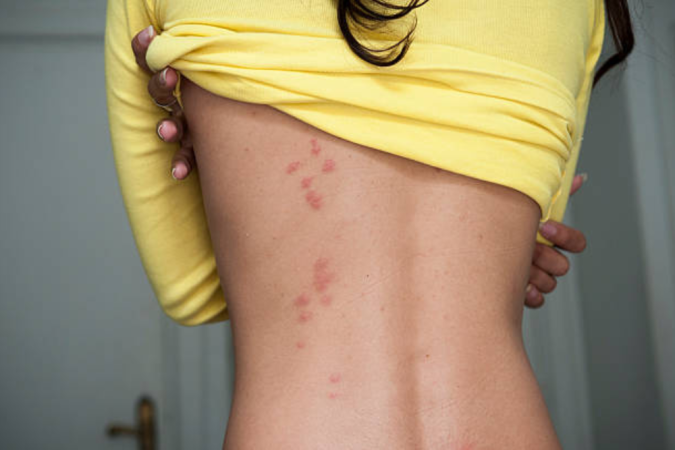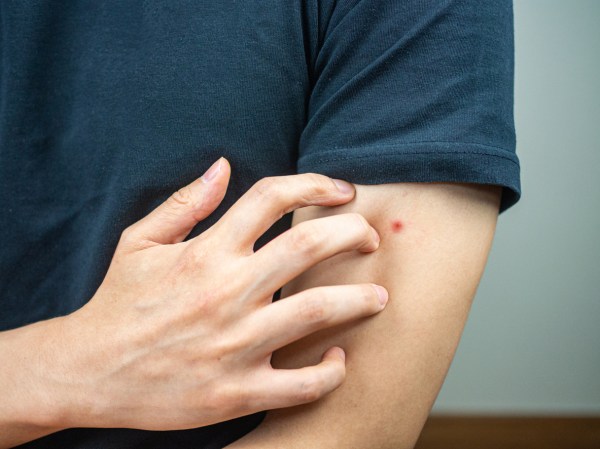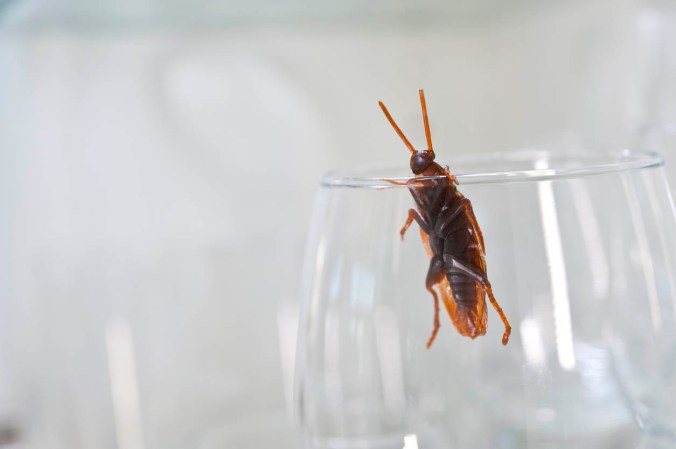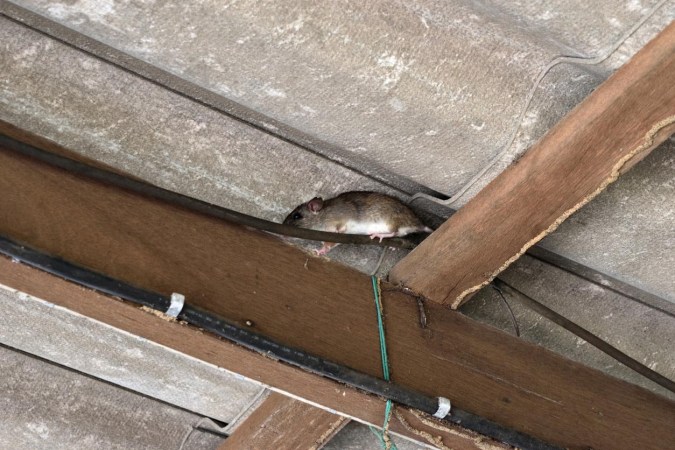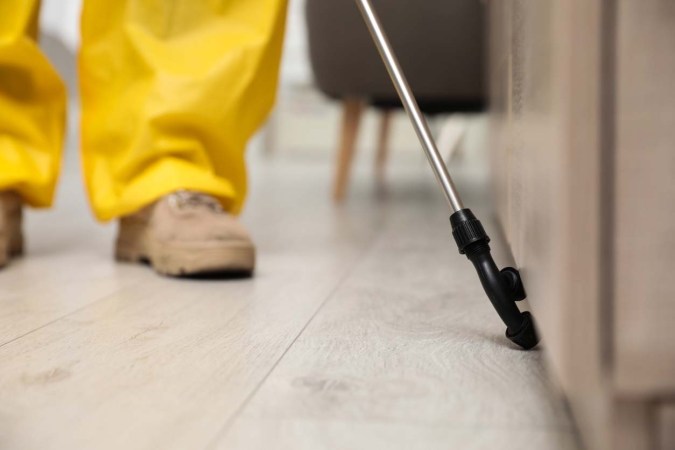We may earn revenue from the products available on this page and participate in affiliate programs. Learn More ›
Among all types of insect infestations, bed bugs are among the most feared for homeowners and renters alike. These tiny insects like to live on clothes or bedding and hide in small and flat spaces.
Bed bugs feed on the blood of their subjects, causing tiny, itchy red bumps, typically in straight lines. There are several ways to recognize the problem and solutions for those who believe they have a bedbug infestation.
Time required: A few days, working as quickly as possible
Difficulty: Intermediate
Estimated cost: $600 to $1,500
If attempting to get rid of bed bugs themselves, the home’s residents will want to look for one of the best bed bug sprays to help stop the infestation. In many cases, however, a professional will need to treat for bed bugs to prevent them from returning.
Tools & Materials
Bobvila.com may earn a commission from purchases made through these links.
- HARRIS Bed Bug Killer, Toughest Liquid Spray
- Bedlam Plus Bed Bug Aerosol Spray
- mdxconcepts Bed Bug Killer, Natural Organic Formula
- PT Alpine Flea & Bed Bug Pressurized Insecticide
Before You Begin…
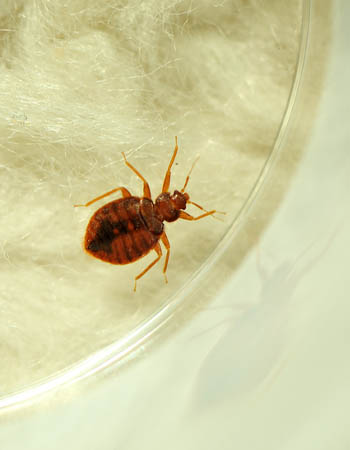
When someone first detects bed bugs, they will want to determine which rooms are infested. Bed bugs typically live in rooms where people sleep or in rooms with sofas. Once they habituate, they’ll slowly spread to other rooms, so it’s crucial for the residents to find and treat the problem as soon as the bugs are detected. After residents discover bed bugs in their home, they’ll want to investigate all of their clothing and find a safe space to sleep while getting rid of the insects.
Bed Bugs vs. Ticks
Before beginning, the home’s residents will want to clarify what type of insect is making them itch. Ticks and bed bugs can often get confused for one another since both cause itchy red bumps.
So, what do bed bugs look like? Bed bugs have six legs and typically hide inside, while ticks have eight legs and prefer to live outdoors. Bed bugs also tend to cause more bites. Regardless of which creature is infesting a home, they need to be dealt with immediately.
Tips for How to Get Rid of Bed Bugs
- As with any insect infestation, if a resident finds that there are too many bed bugs to handle themself, they will want to call an exterminator to handle the situation.
- Texas A&M advises that residents treat other areas in their home when getting rid of bed bugs, even if bed bugs haven’t been detected there. Treating these areas prevents future infestations.
Safety Considerations
- Be sure to wear a mask and goggles and have an area properly ventilated when working with any toxic chemicals.
- Itching bed bug bites can make them worse, so refrain from doing so if possible.
How to Get Rid of Bed Bugs
There are a number of steps to take if a bed bug infestation is present; it’s important to be as thorough as possible to avoid a recurrence of the issue or fail at eliminating the existing infestation.
STEP 1: Make sure you identify the correct pest.
As mentioned above, people often confuse bed bugs for another type of insect infestation. In addition to ticks, Pests.org explains that bed bugs can also be misidentified as fleas. Smaller than bed bugs, fleas are about 1/10 of an inch and hard to see with the naked eye. Fleas also cause bites that become itchy and red. If an individual discovers that they falsely believed fleas or ticks caused a bed bug infestation, they will want to immediately consult with a physician, as fleas and ticks can carry disease.
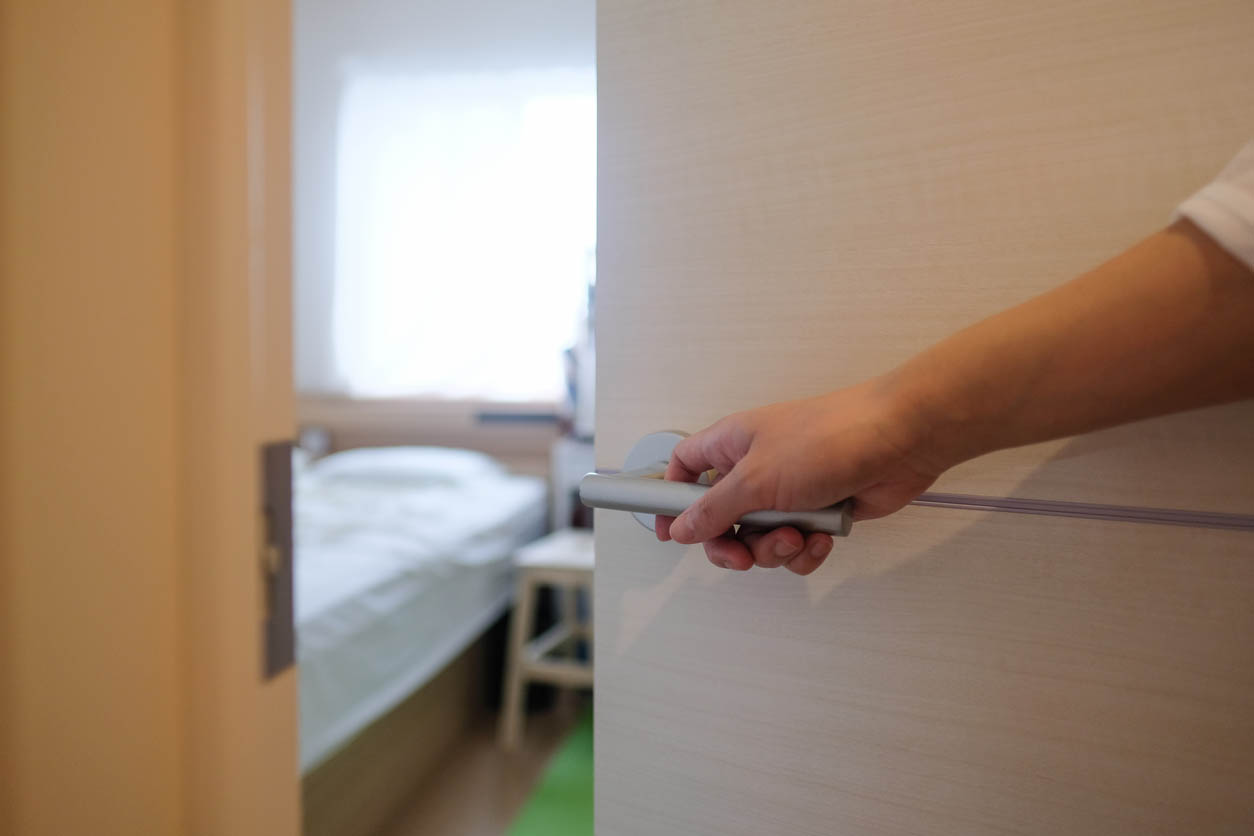
STEP 2: Determine which rooms and belongings are infested.
Once a resident has determined that bed bugs are the problem, they need to assess the other rooms in their home and their clothing. According to Orkin, residents will want to search their homes for tiny spots that the bed bugs’ small, tiny bodies can squeeze into.
While looking for bed bugs, it is helpful to use a flashlight and a magnifying glass to make sure all areas are covered. A resident can also hire a professional for an inspection if they don’t feel confident in their abilities to identify where the infestation is present.
STEP 3: Contain the area to prevent further infestation.
After every area of the home has been searched and the residents are sure where the bed bugs are, they can now contain them. Bed bugs can easily be trapped through a vacuum, so residents will want to first do a thorough run-through of their bed, dresser, carpet, and any electronics with a handheld vacuum. Once finished, they’ll want to seal the contents in a plastic bag and clean out the vacuum.
STEP 4: Reduce clutter around the home.
When determining which areas are infested by bed bugs, residents will want to reduce the amount of clutter in their homes. Bed bugs are attracted to warm and dark spaces and commonly hide in cardboard. By throwing out unneeded items, such as newspapers and magazines, and picking up clothing off the floor, bed bugs have fewer places they can hide.
STEP 5: Remove all linens, clothes, and other items from the infested area.
Any clothes and linens affected by bed bugs will need to be placed in a plastic bag until they can be washed on the highest possible temperature setting for both the washer and the dryer. If anything cannot be put through the washer or dryer, it will need to be placed in an air-tight plastic bag and left alone for a few months to give the bed bugs time to die.
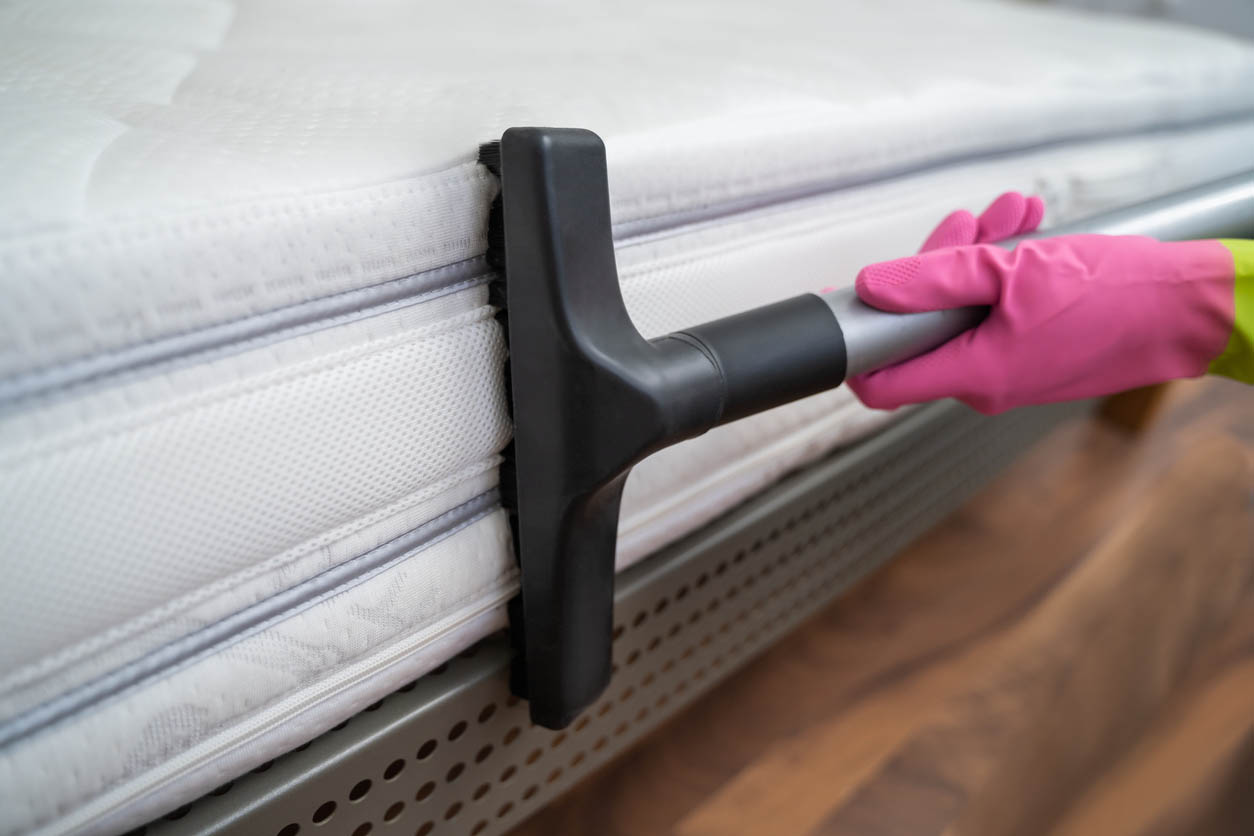
STEP 6: Clean and contain furniture.
Furniture that has been contaminated needs to be stripped of its coverings and thoroughly washed in hot water. If the furniture cannot be completely stripped and cleaned, then it will more than likely need to be thrown out. However, the residents won’t necessarily need to throw out their bed if they have a bedbug infestation, so long as they properly take care of their sheets.
STEP 7: Use chemical and non-chemical methods or products to kill bed bugs.
A home’s residents will want to use safe and EPA-approved chemical sprays when attempting to rid their house of bed bugs. Bleach is also an easily accessible household chemical that can work to kill bed bugs. Since bed bugs die at extreme temperatures, residents will want to use a steamer on couches or mattresses. If it’s above 95 degrees Fahrenheit outside, residents can pack up infested items in a black plastic bag and leave them in a car. Or they can seal contaminated items in a bag and freeze them for at least 4 days.
STEP 8: Monitor the affected areas and be ready to treat them again.
Bed bugs remain a persistent nuisance because they can hide easily and multiply quickly. After a resident has treated all of the areas they believe to be infected, they will need to monitor them for the next few hours and days to ensure the bed bugs do not return. If they do, they’ll need to treat the area again.
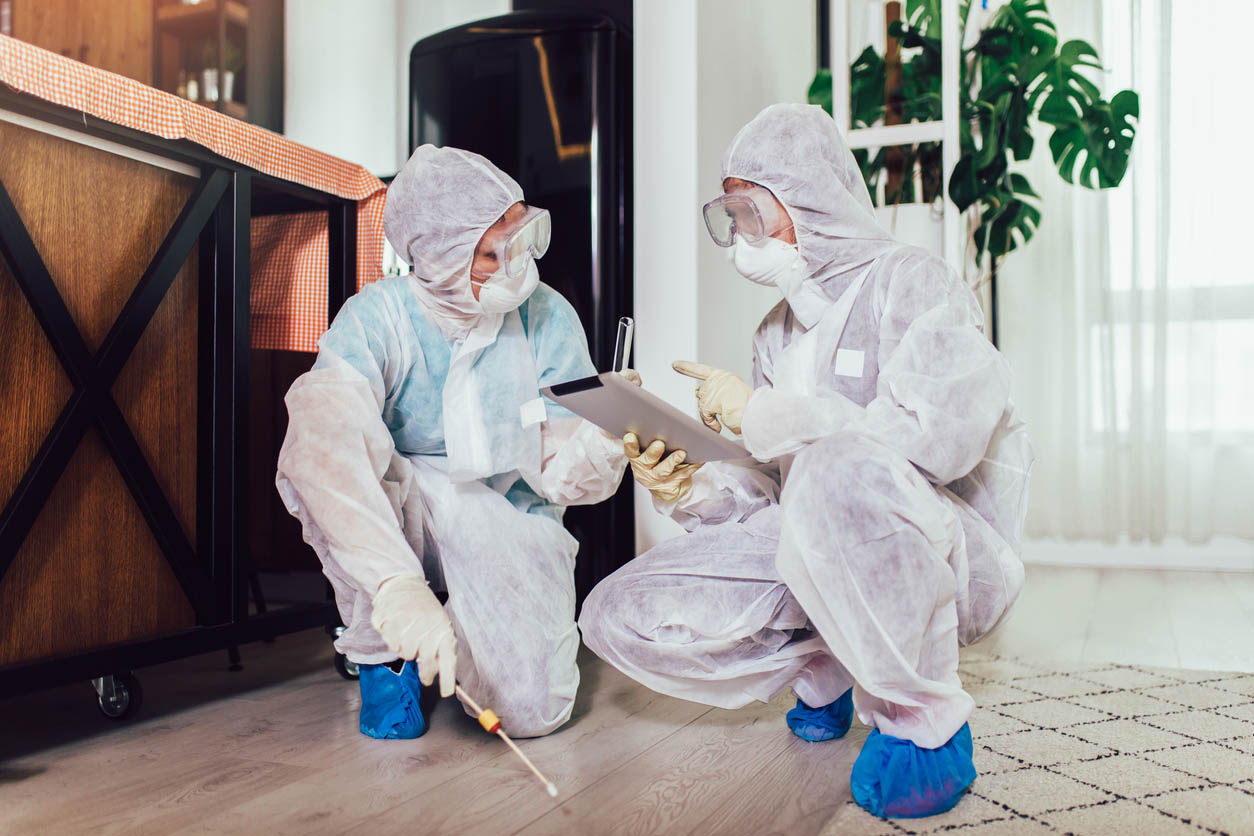
STEP 9: Hire a professional.
If bed bugs are not thoroughly taken care of, it can lead to a cycle of them returning. Individuals who want a job done quickly and efficiently—or who have struggled to eradicate their infestation fully—will want to hire one of the best beg bug exterminators (such as Orkin or Terminix) to take care of the infestation.
STEP 10: Prevent bed bugs from returning.
To prevent bed bugs from returning, residents will want to inspect past hotspots at least once a week to check for bed bug eggs. They will also want to practice frequent cleaning methods, such as regularly dusting and vacuuming.
Getting rid of bed bugs is a relatively simple process, but bed bugs’ persistence can make the infestation challenging to eradicate. If the above do-it-yourself methods are not working or additional bed bug bites appear on the skin, the home’s residents will want to call in a professional to help get rid of the problem for good.
